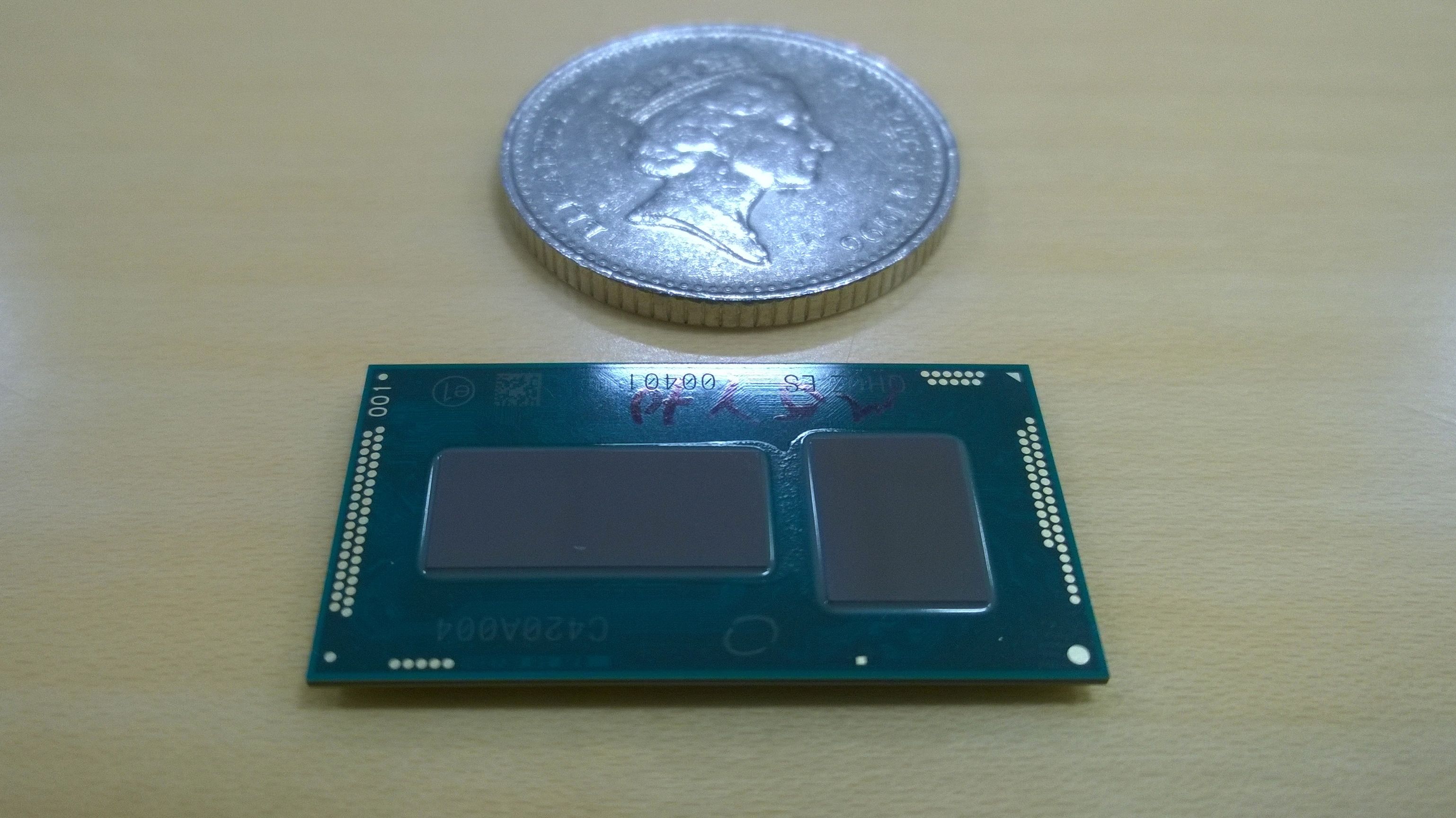
To modify this command for your own Mac, simply adjust the number of times that yes > /dev/null & repeats based on your Mac’s total CPU threads. You can do this by opening a new Terminal window for each command, or by combining them into a single command like this: yes > /dev/null & yes > /dev/null & yes > /dev/null & yes > /dev/null & yes > /dev/null & yes > /dev/null & yes > /dev/null & yes > /dev/null & yes > /dev/null & yes > /dev/null & yes > /dev/null & yes > /dev/null & To test all 12 logical cores, we would replicate the “yes” command listed above 12 times. That 6-core processor - a Xeon E5-1650 v2, if you’re interested - is also hyper-threaded, meaning that we have a total of 12 CPU threads at our disposal.
#BENCHMARK CPU TERMINAL PRO#
To truly stress test a Mac, you’ll need to max out all threads of your CPU, which you can do by repeating the command above.įor example, we have a 2013 6-core Mac Pro in our office here at TekRevue. The problem, however, is that unless your Mac is more than 10 years old, it almost certainly has a CPU with multiple cores and threads, and running the command above only tests one of those threads. You can verify this and see the CPU activity via the Activity Monitor application (located in Applications > Utilities). This indicates that the “yes” command is maxing out one thread of your Mac CPU (the ), with the designated Process ID (the 3- or 4-digit number).

To stress test a Mac with the “yes” command, open Terminal, type the following, and press Return to execute:Īfter a moment, you’ll see the number 1 in brackets appear next to a (likely) 3- or 4-digit number.

To stress test a Mac’s CPU, we can use the “ yes” command, a Unix command that, without modification, will simply output an affirmative response (‘y’) over and over again until it is terminated. There are a variety of utilities available that offer stress testing capabilities - examples include Geekbench, CPUTest, and NovaBench - but if you just want to test your CPU, you can do so directly from Terminal without any third party software.
#BENCHMARK CPU TERMINAL FULL#
While stress testing is most common in the PC overclocking world, Mac owners can also use stress testing for a number of reasons, including identifying overheating issues, testing battery capacity under load, determining CPU throttling limits, or simply to see how loud a Mac’s fan can get at full speed. Stress testing a computer is an important troubleshooting step that can help users determine if newly upgraded parts are working properly, or identify system stability issues.


 0 kommentar(er)
0 kommentar(er)
